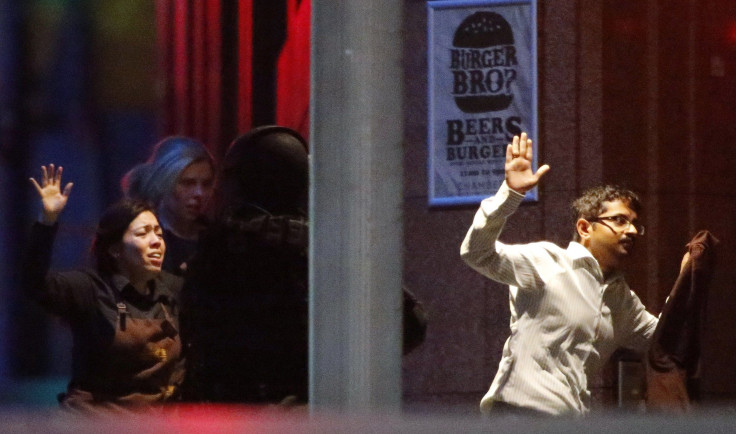Sydney Hostage Crisis: How Police Use The Power Of Negotiation To Save Lives In Hostage Situations

Early morning on Tuesday in Australia a swarm of heavily armed police stormed the Lindt Chocolat Cafe in the heart of Sydney, bringing an end to the 16-hour siege by an Iranian-born gunman. Two hostages and the gunman were killed, The New York Times reported. In an effort to avoid aggravating the situation, Australian police were told to hold their fire and let “the very best negotiators in the world” try to end the standoff, said New South Wales Police Commissioner Andrew Scipione, NBC News reported. But how exactly do you convince someone not to kill?
The gunman, identified as Man Haron Monis, a self-professed sheikh, took a unique approach when he reportedly used his hostages to communicate his demands via social media on Facebook and YouTube. Radio station 2GB and television channel 10 News both said they had been contacted by hostages to pass on the gunman’s demands. However, due to the Australian police's urges, these messages were prohibited from being posted to the public. According to CNN, police are continuing to monitor social media for posts that may be from hostages in reference to Monis’s demands, which have not yet been released. We do know, however, that he demanded an Islamic flag and a phone call with the Australian Prime Minister Tony Abbott.
Negotiation is a tactic often used in situations where hostages are taken. Monis is believed to have not been affiliated with any organization and may have acted as a "lone wolf." "The Behavior Change Stairway Model" was developed by the FBI’s hostage negotiation unit and is widely used in hostage situations, The Week reported. It involves five steps designed to both get someone else to see your point of view and change what they’re doing, the ultimate goal in any negotiation situation.
Negotiation is deeply tied to psychology and, unlike what is observed in TV crime dramas, can take hours or even days before a resolution is met.
In an interview with The Week, former head of FBI international hostage negotiation Chris Voss, explained that showing emotions is a critical aspect of negotiating. Statistics show that negotiation works, and when combined with containment, this tactic can have up to a 95 percent success rate, in terms of resolving a crisis without fatalities.
"So instead of pretending emotions don't exist in negotiations, hostage negotiators have actually designed an approach that takes emotions fully into account and uses them to influence situations, which is the reality of the way all negotiations go…" Voss said.
In the case of Monis, due to his past actions, it seemed that his motives were politically driven. Last year, Monis was sentenced to 300 years of community service for writing offensive letters to the families of soldiers killed in Afghanistan, referring to them as "murderers." During the siege, he forced some of the hostages to hold up a black flag in the shop window, which read, when translated into English, "There is no God but Allah, and Muhammad is his messenger."
"His ideology is just so strong and so powerful that it clouds his vision for common sense and objectiveness," said Manny Conditsis, Monis's former lawyer, referring to Monis's mindset, according to ABC News.
Other useful tactics used by negotiators, especially when dealing with criminals in similar mindsets as Monis, is to ask open-ended questions, rather than yes and no questions, and to use effective pauses.
"Your first objective in the negotiation, instead of making your argument, is to hear the other side out. That's the only way you can quiet the voice in the other guy's mind. But most people don't do that. They don't walk into a negotiation wanting to hear what the other side has to say," Voss said.
Published by Medicaldaily.com



























